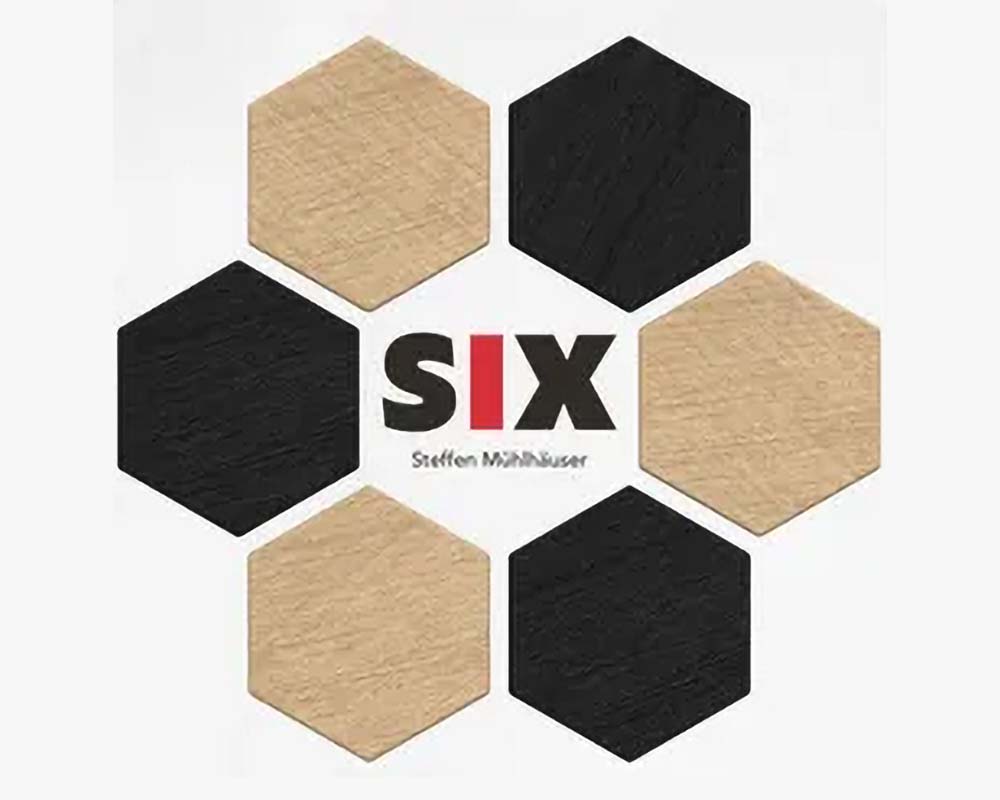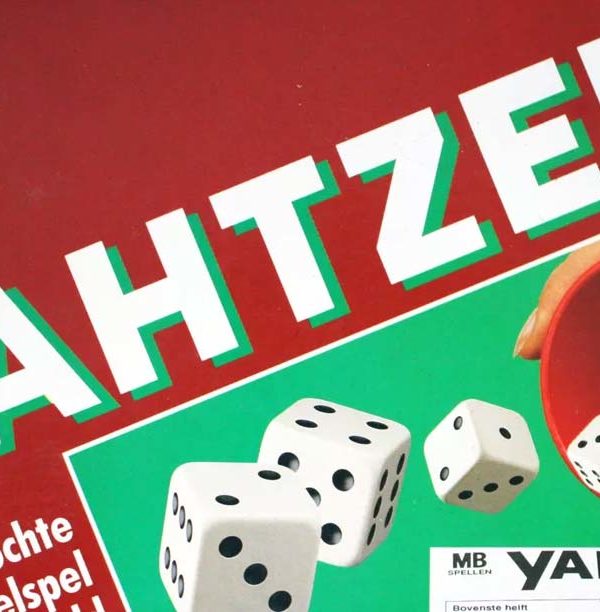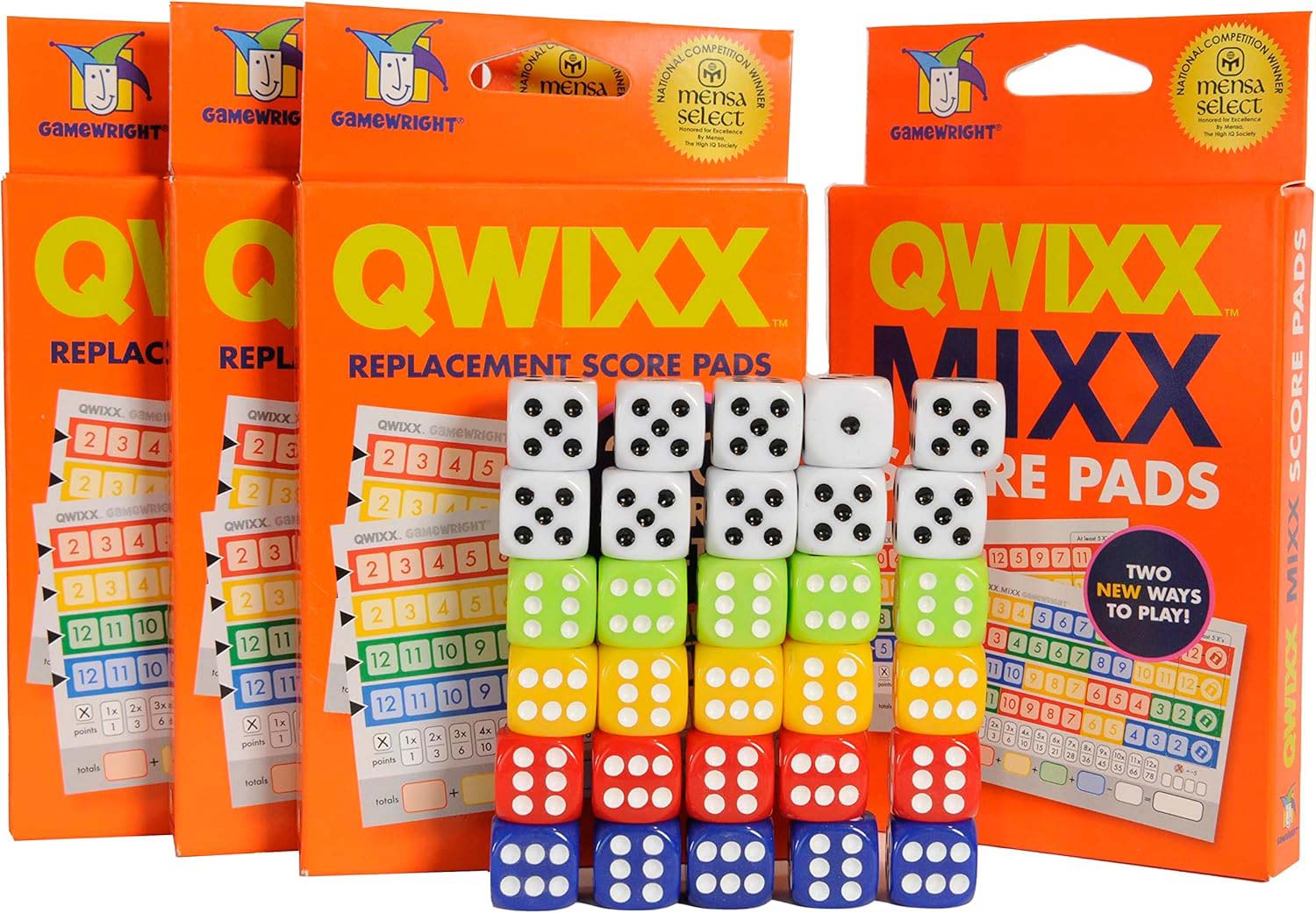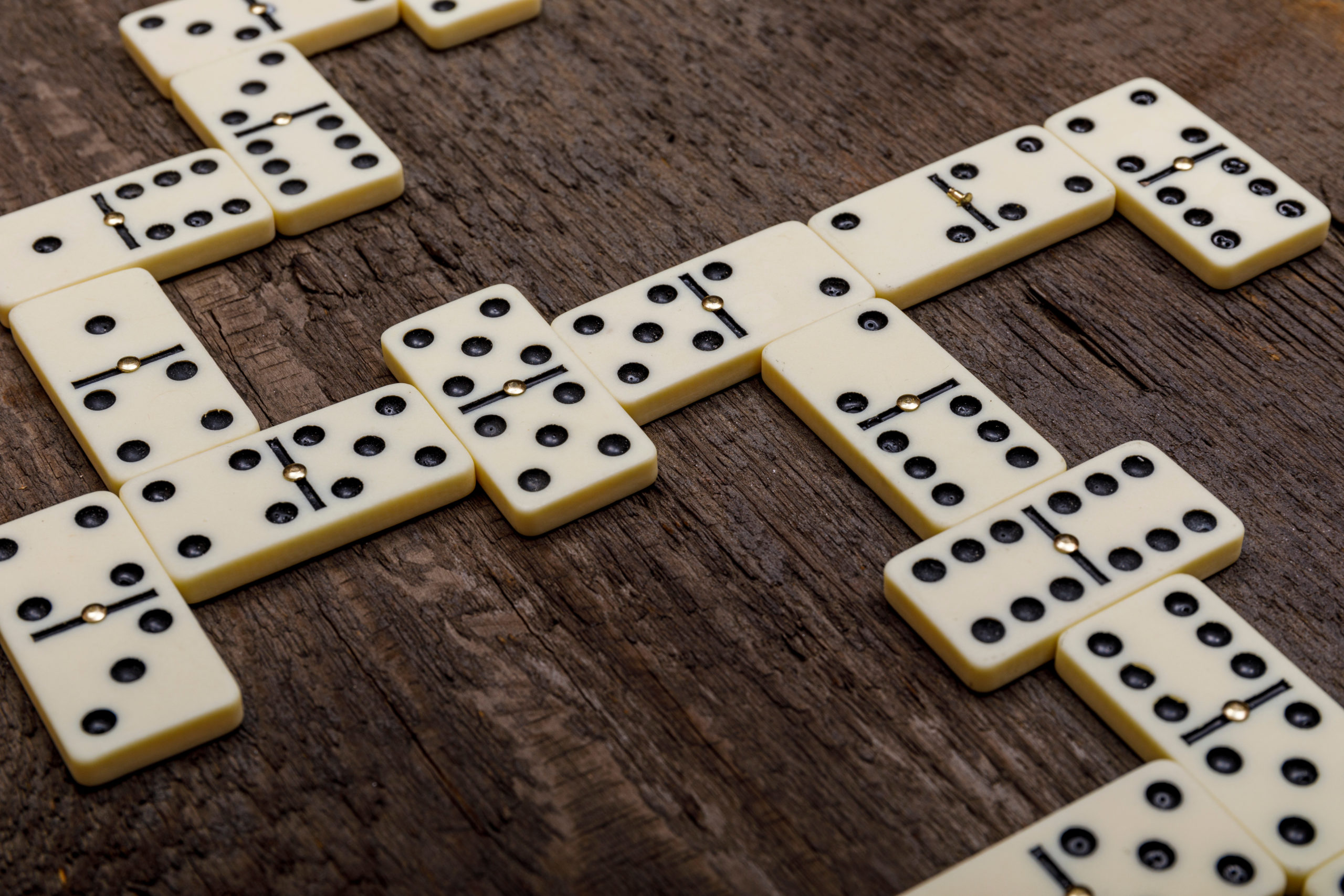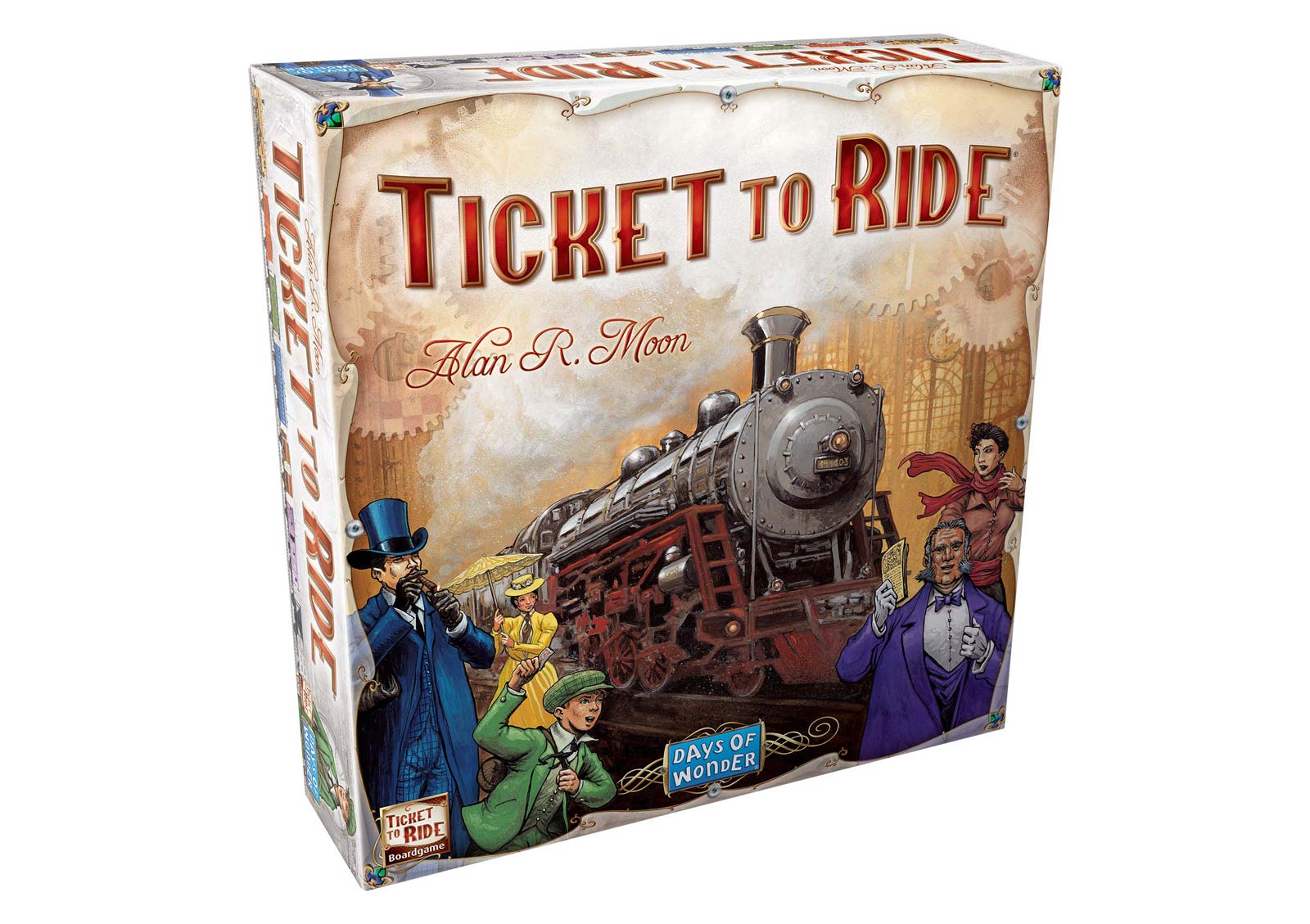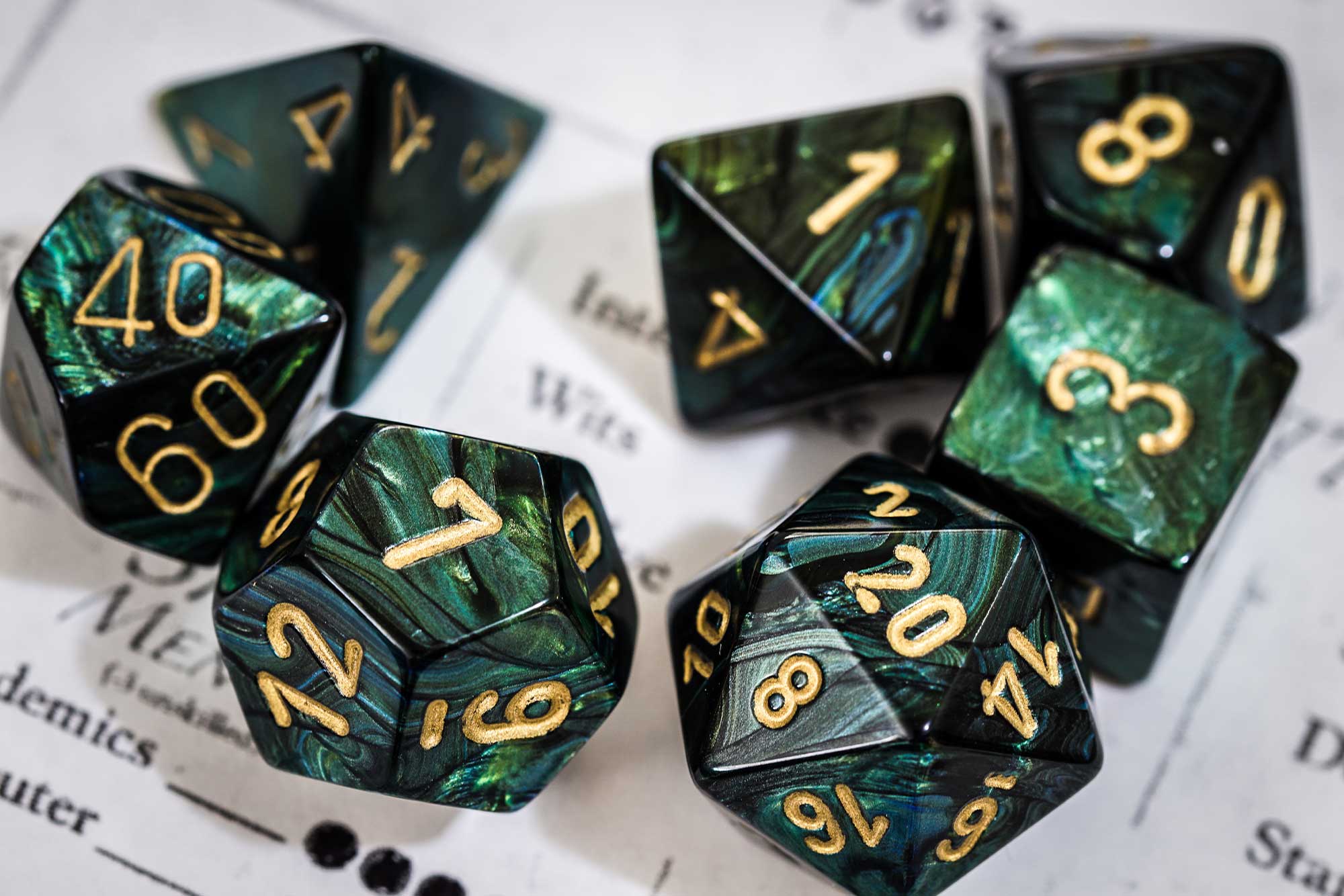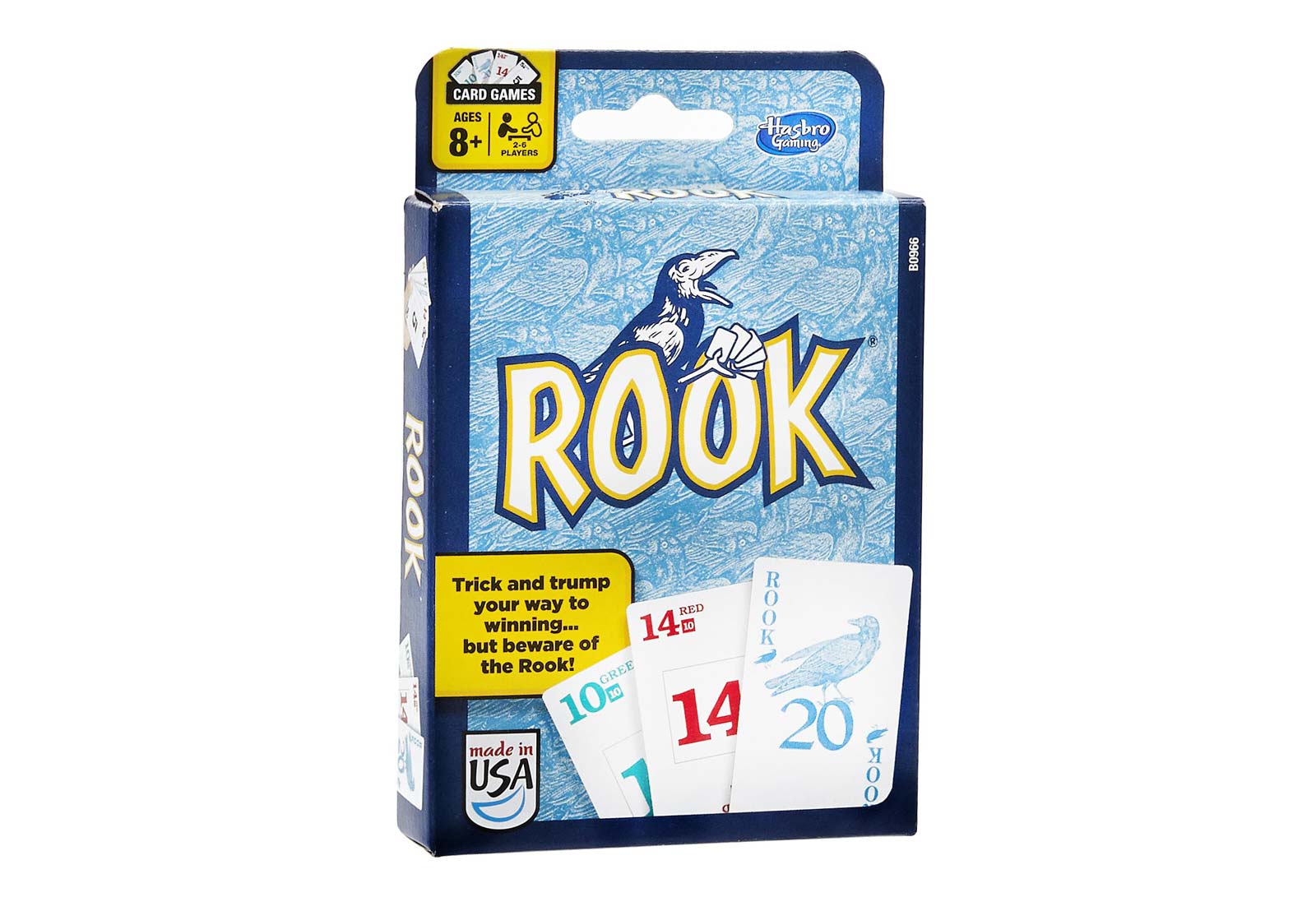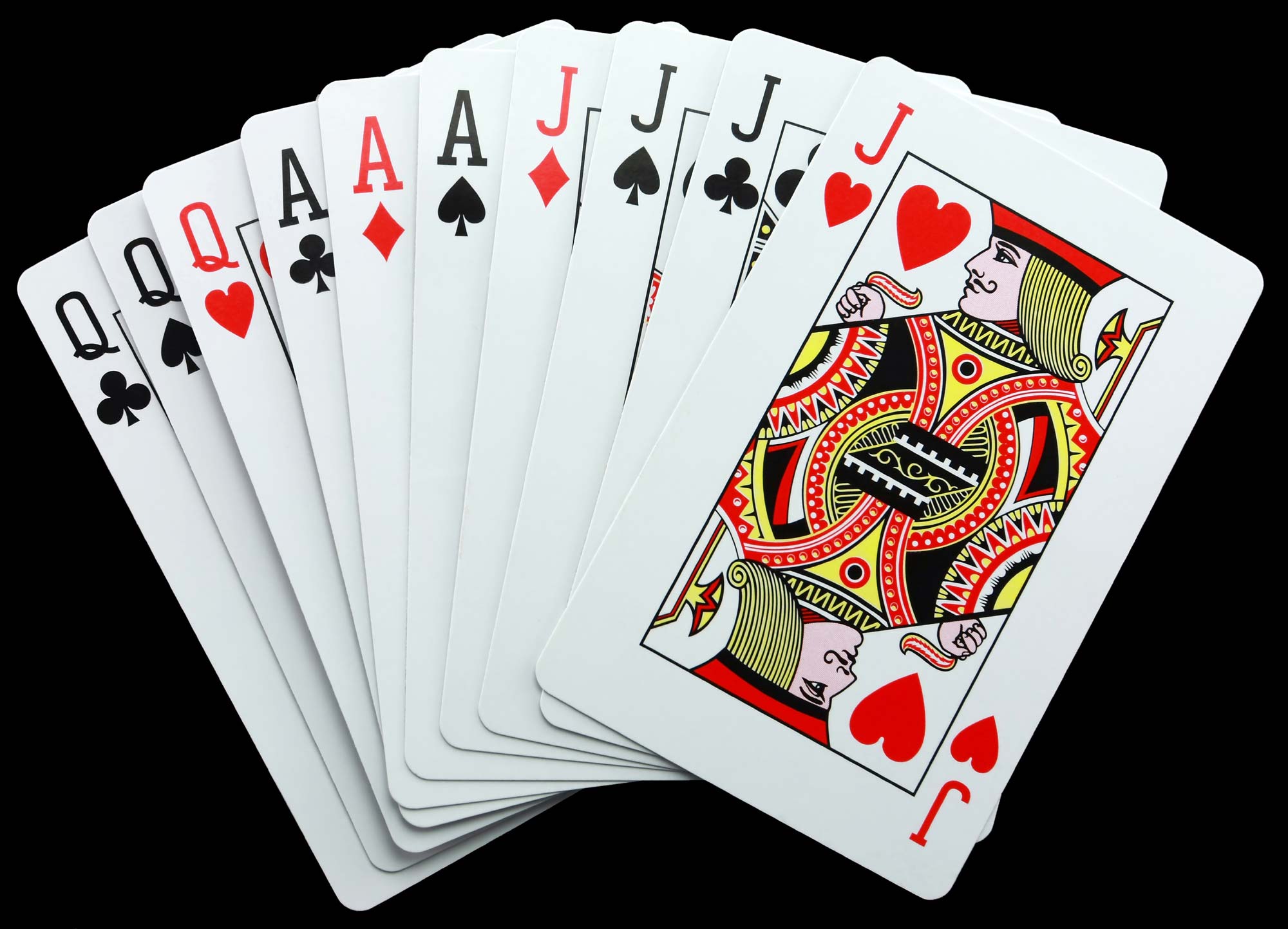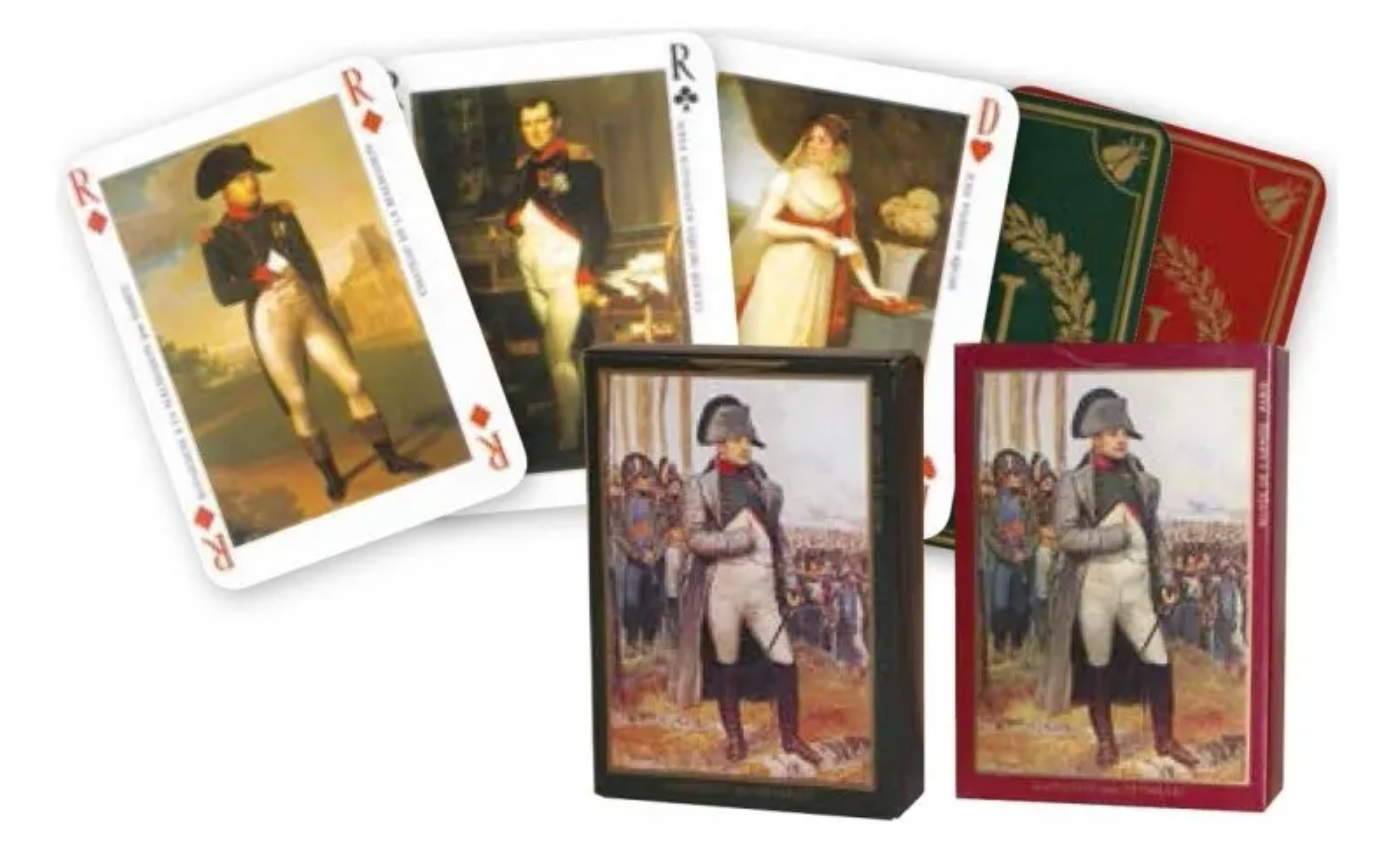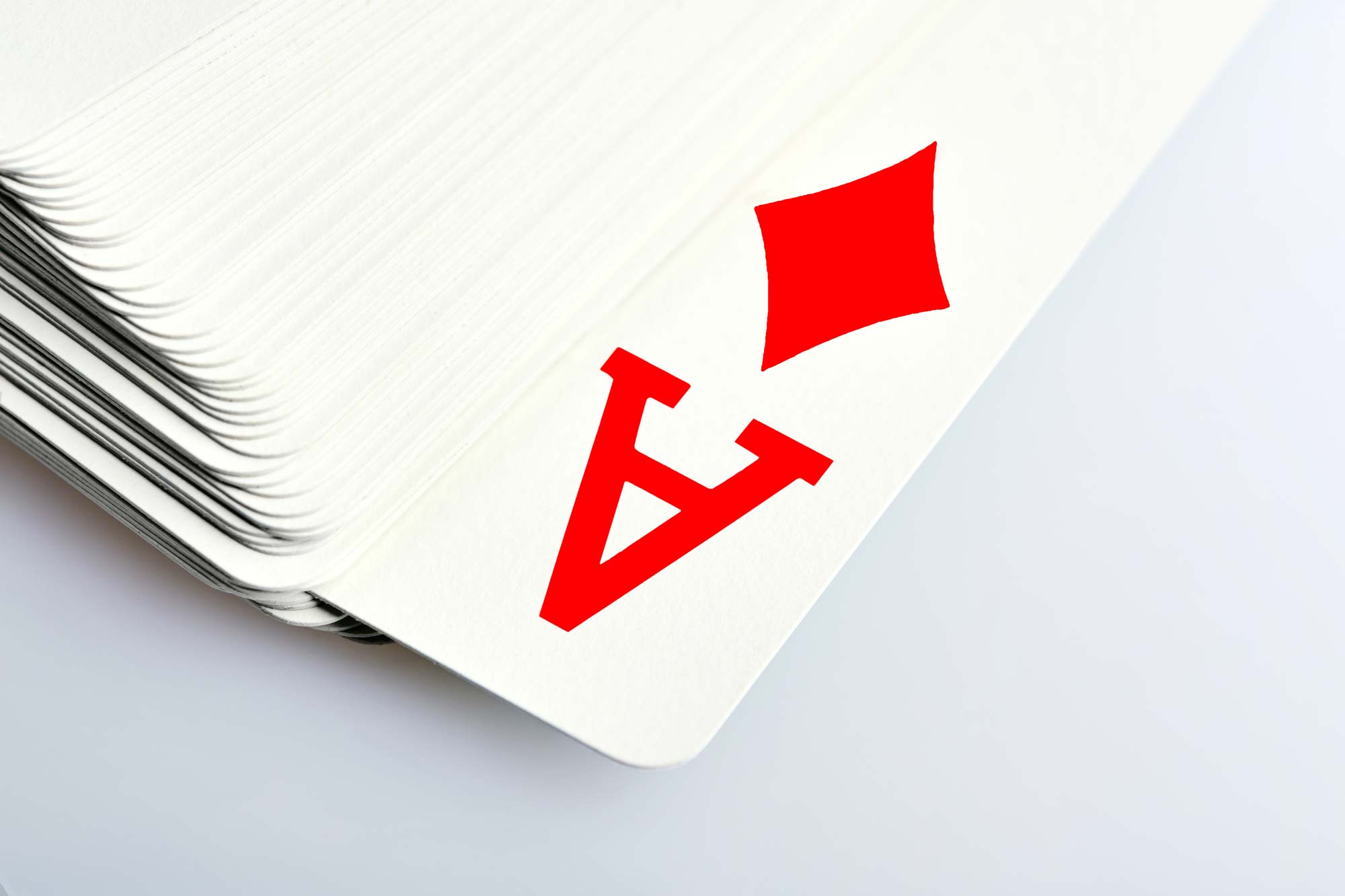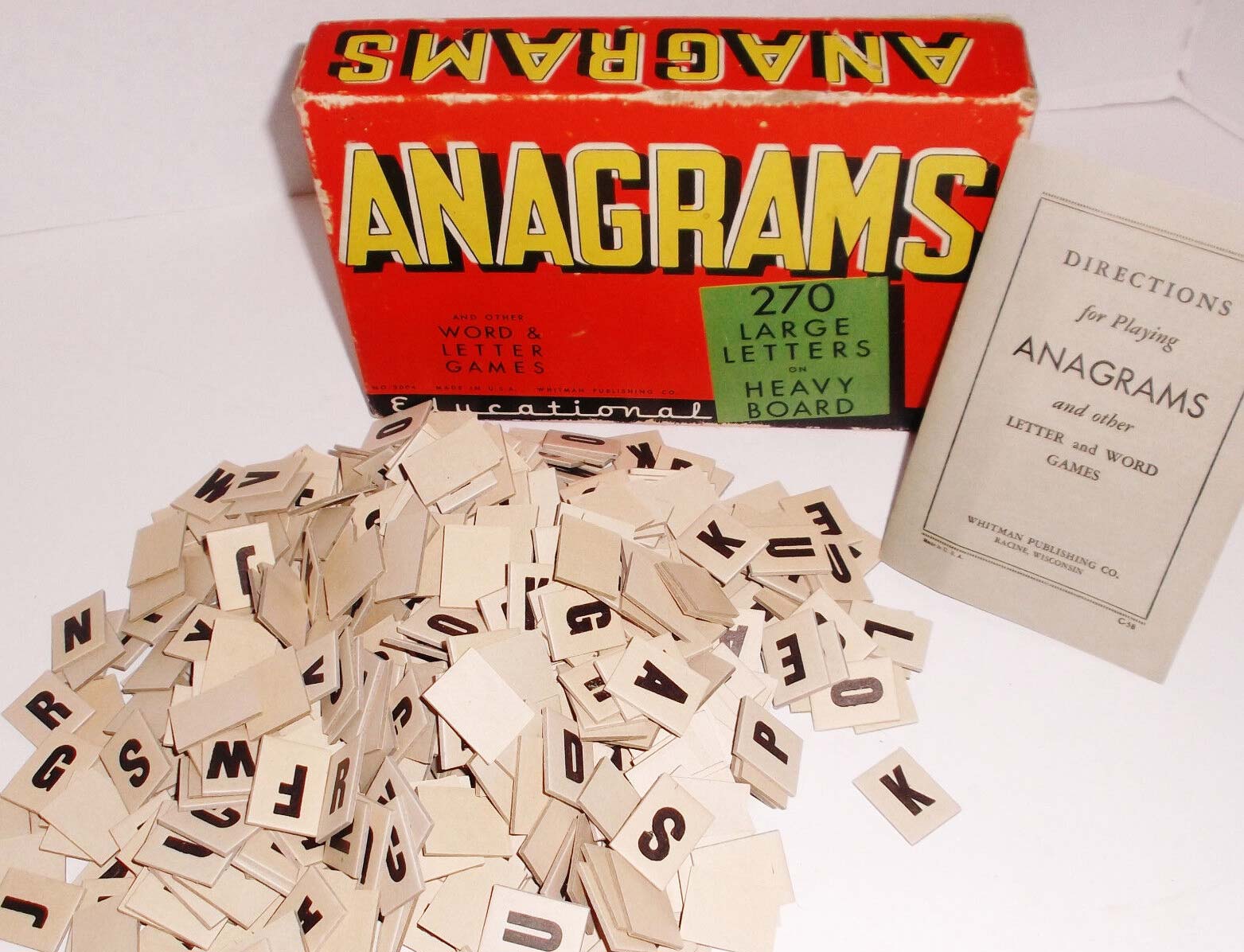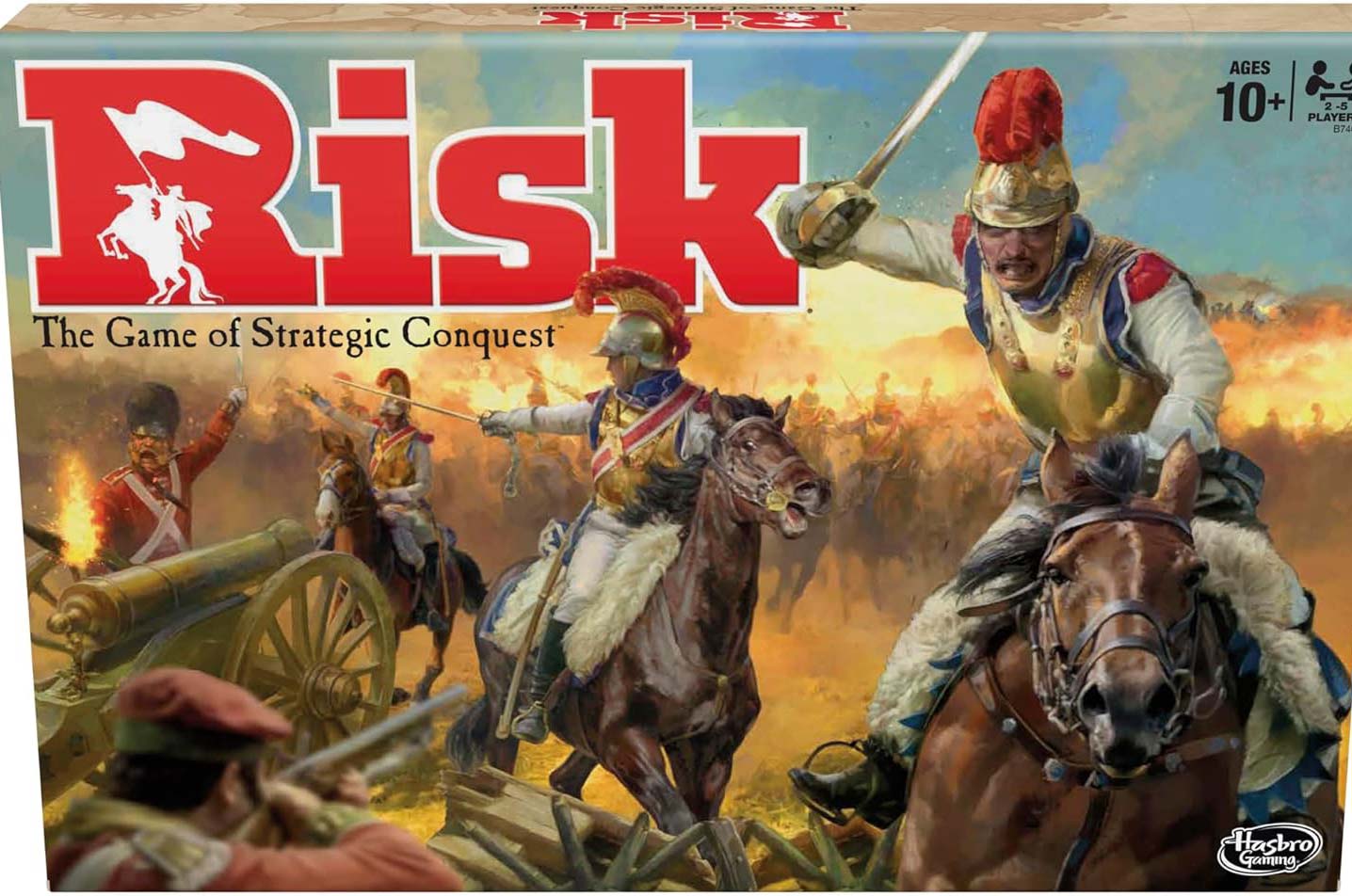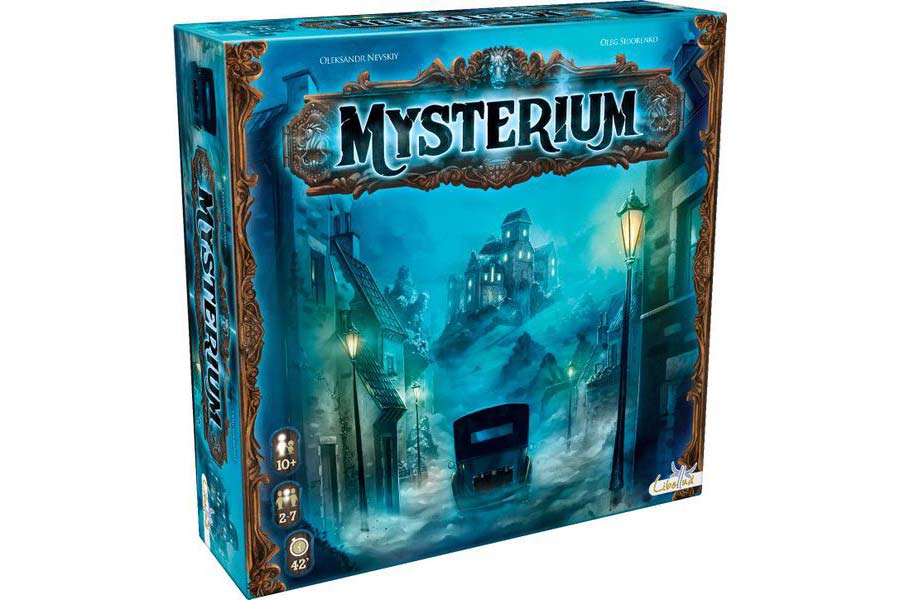Enter the intriguing world of Six, a game where hexagonal tiles and strategic placement create endless possibilities. Imagine a game night where every move is a careful calculation and every hex tile adds a new layer of complexity. This isn’t just a game; it’s a brain-teasing challenge that’s as engaging as it is rewarding. Ready to put your strategic skills to the test? Let’s dive into the fascinating world of Six.
Country of Origin: Denmark
Date of Origin: 2003
Regions Popular In: Worldwide
Family: Tile games
Also Known As: None
Variants: Six Plus, Mini Six
Game Rules
Objective of the Game
The goal is to be the first player to form one of three winning shapes with six of your own tiles: a straight line, a triangle, or a circle.
Number of Players
Typically two players.
Tile Information
A Six set includes hexagonal tiles in two colors, with each player having an equal number of tiles.
Setup
Players take turns placing their tiles on a flat surface, starting with a single tile in the center.
Basic Gameplay
Players take turns adding one tile at a time, ensuring each new tile is placed adjacent to one or more existing tiles. Players can also move their own tiles, provided the move doesn’t break the connected group of tiles.
Winning Conditions
The game is won by the first player to form a straight line, triangle, or circle with six of their own tiles.
Key Terms
- Hex Tile: A hexagonal game piece used to form winning shapes.
- Adjacent: Tiles that are placed next to each other with at least one side touching.
Strategy and Tips
Here’s the inside scoop: Think several moves ahead and anticipate your opponent’s strategy. Focus on creating multiple potential winning shapes simultaneously to increase your chances of success. Keep an eye on your opponent’s moves and be ready to block their progress while advancing your own. Flexibility and adaptability are key—sometimes the best offense is a good defense.
Historical Background
Six was created in 2003 by Steffen Mühlhäuser, inspired by the simplicity and elegance of abstract strategy games. The game’s unique use of hexagonal tiles and straightforward rules quickly gained a following among gamers who appreciate a blend of simplicity and deep strategic potential.
Popularity and Cultural Impact
Six has carved out a niche among fans of abstract strategy games, known for its elegant design and engaging gameplay. It’s a favorite at game nights and strategy gaming events, offering a refreshing alternative to traditional board games. The game’s minimalist aesthetic and strategic depth make it appealing to players of all ages and skill levels.
Legends and Funny Stories
There’s a legend of a Six player who, in an epic showdown, managed to simultaneously threaten two winning shapes, leaving their opponent in a state of strategic paralysis. And then there’s the humorous tale of a game night where a heated match of Six led to a friendly debate over the geometry of hexagons, adding a touch of educational fun to the competition.
Conclusion
Six: a game that combines the simplicity of hex tiles with the complexity of strategic placement. It’s more than just forming shapes; it’s about anticipating your opponent’s moves, thinking several steps ahead, and enjoying the challenge. Ready to take on the strategic depth of Six? Grab your tiles, gather your friends, and immerse yourself in the captivating world of hexagonal strategy. Happy playing!
